
【中英翻译】从文化翻译观看汉语习语的英译
16页1、从文化翻译观看汉语习语的英译Abstract Domestication and foreignization are the terms brought up by an American scholar L.Venuti to describe the two different translation strategies. The former refers to translation in which a transparent, fluent style is adopted in order to minimize the strangeness of the foreign text for target language readers, while the latter designates the type of translation in which a target text deliberately breaks target conventions by retaining something of the foreignness of the sou
2、rce text. Translation, generally speaking, is not only a transition between different languages, but also transferring information of culture in the source language to that in the target language. And the nature of translation is cultural communication. Since s, many scholars put forward their own opinions upon domestication and foreignization under the light of cultural translation. In their opinion, the fundamental task of translation is to transfer the original contents and cultures completel
3、y into the target language. During translation, translators should consider not only differences between languages but also those between cultures. Therefore, translators should put more emphasis on foreignization. Take Chinese idioms for example. Since the exchanges among different countries and regions become more and more frequent, translators should put more emphasis on foreignization in translating Chinese idioms into English. During translation, translators should facsimile as much as poss
4、ible the cultural features and connotations of Chinese idioms. In this way, English people can know more and better about China and really contact with the sophisticated Chinese culture. Meanwhile, to some extent, foreignization can help to spread unique Chinese cultural message and even help to enhance cultural communication between China and foreign countries. Key Words domestication; foreignization; cultural translation theory; Chinese idioms【摘 要】归化与异化是两种不同的翻译策略。译界有许多学者对此发表了许多的观点。归化与异化之争由来已久,
《【中英翻译】从文化翻译观看汉语习语的英译》由会员狼***分享,可在线阅读,更多相关《【中英翻译】从文化翻译观看汉语习语的英译》请在金锄头文库上搜索。
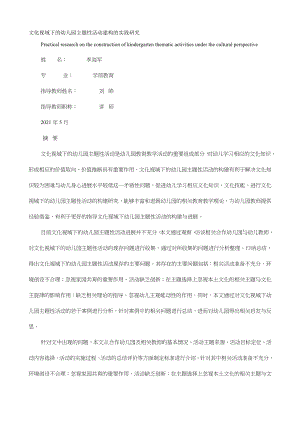
文化视域下的幼儿园主题性活动建构的实践研究
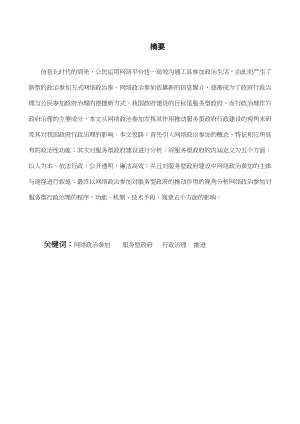
政治与行政-网络政治参对我国政府行政管理的影响
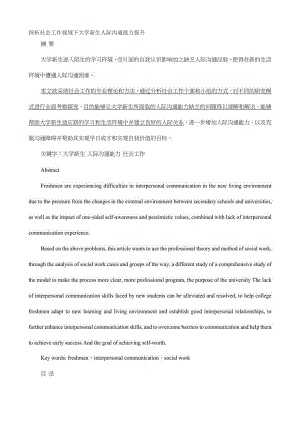
探析社会工作视域下大学新生人际沟通能力提升
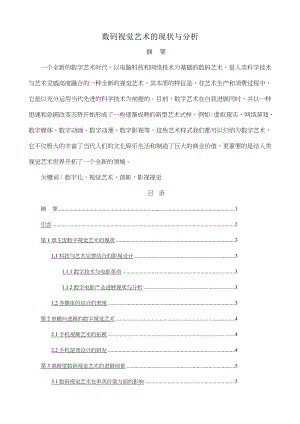
数码视觉艺术的现状与分析
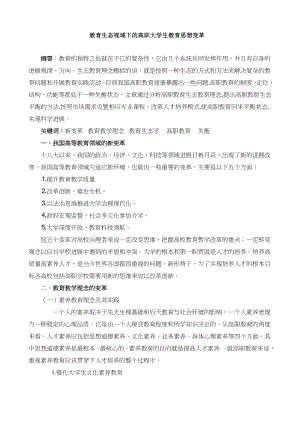
教育生态视域下的高职大学生教育思想变革1
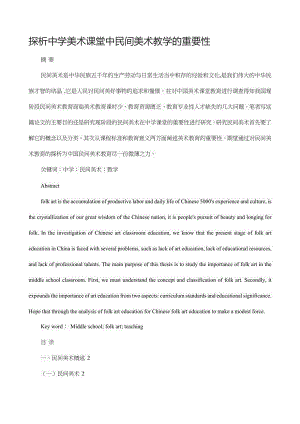
探析中学美术课堂中民间美术教学的重要性
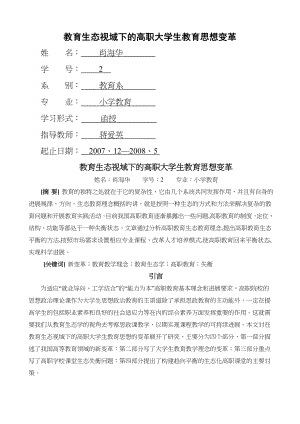
教育生态视域下的高职大学生教育思想变革
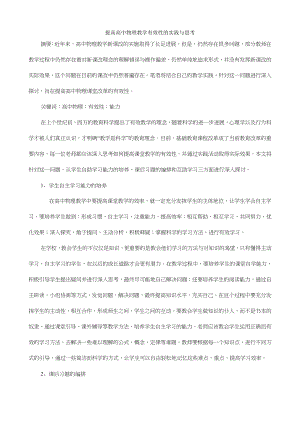
提高高中物理教学有效性的实践与思考1
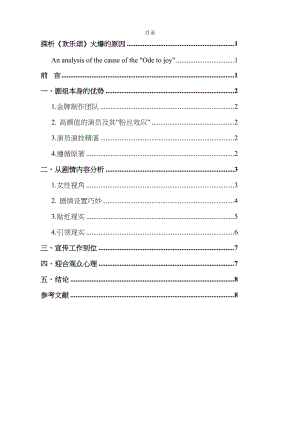
探析《欢乐颂》火爆的原因
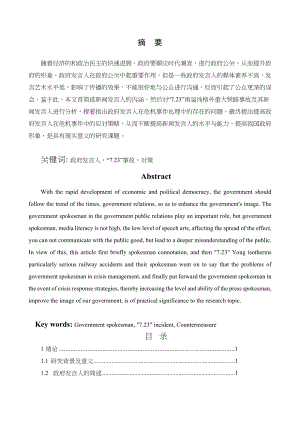
政府发言人在危机事件处理中的作用
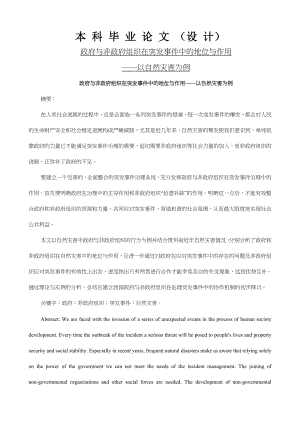
政府与非政府组织在突发事件中的地位与作用——以自然灾害为例
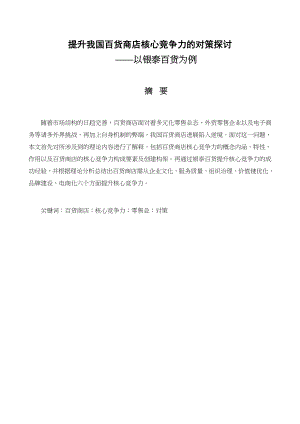
提升我国百货商店核心竞争力的对策探讨+——以银泰百货为例
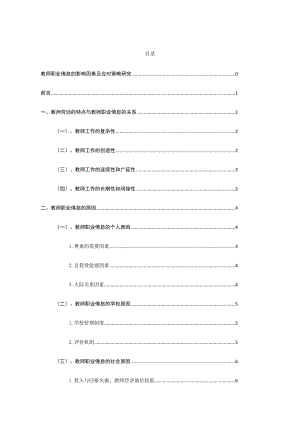
教师职业倦怠的影响因素及应对策略研究
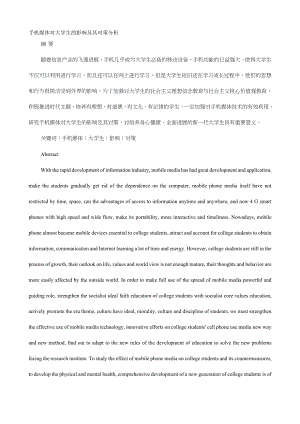
手机媒体对大学生的影响及其对策分析
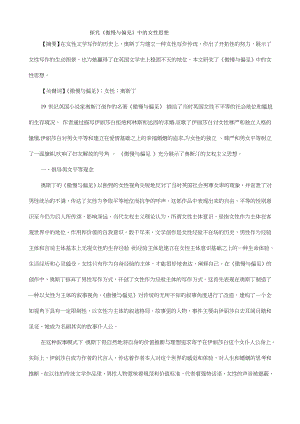
探究《傲慢与偏见》中的女性思想
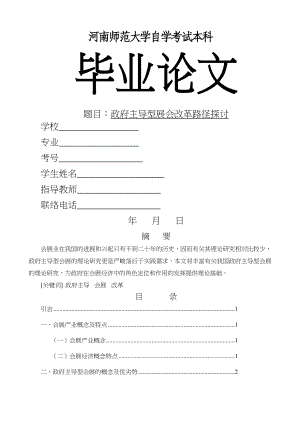
政府主导型展会革路径探讨

教育投入与经济增长的回归分析
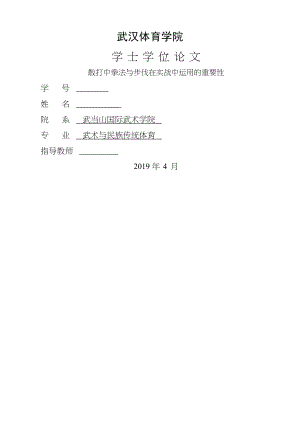
散打中拳法与步伐在实战中运用的重要性
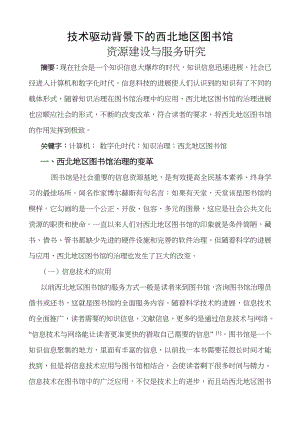
技术驱动背景下的西北地区图书馆资源建设与服务研究
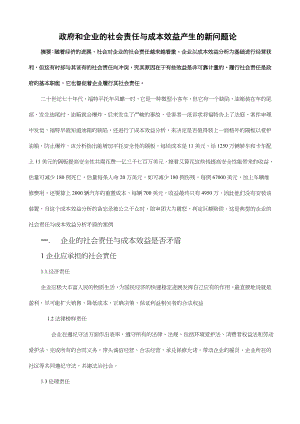
政府和企业的社会责任与成本效益
 财务科科长工作职责内容
财务科科长工作职责内容
2023-09-04 5页
 财务科长(负责人)-安全生产责任制
财务科长(负责人)-安全生产责任制
2023-09-04 5页
 财务科职责范本
财务科职责范本
2023-09-04 5页
 财务经理-财务主管岗位职责职位要求
财务经理-财务主管岗位职责职位要求
2023-09-04 6页
 财务经理岗位职责岗位要求
财务经理岗位职责岗位要求
2023-09-04 6页
 财务精算岗位职责任职要求
财务精算岗位职责任职要求
2023-09-04 5页
 财务经理(吉首潇湘国际影城)岗位职责职位要求
财务经理(吉首潇湘国际影城)岗位职责职位要求
2023-09-04 5页
 财务经费支出管理制度范例
财务经费支出管理制度范例
2023-09-04 6页
 财务经理岗位工作职责_1
财务经理岗位工作职责_1
2023-09-04 8页
 财务经理_1
财务经理_1
2023-09-04 6页

